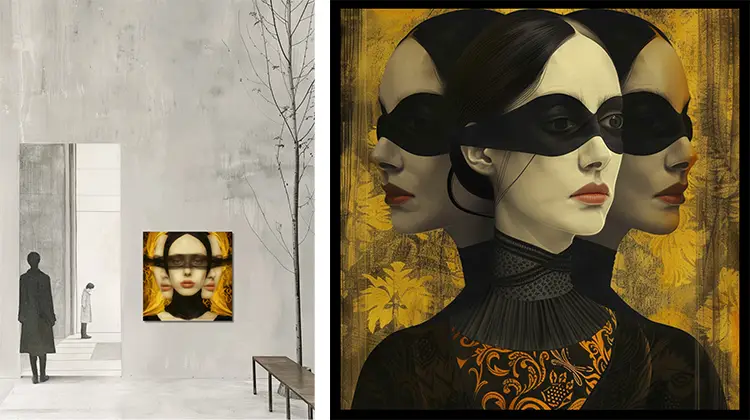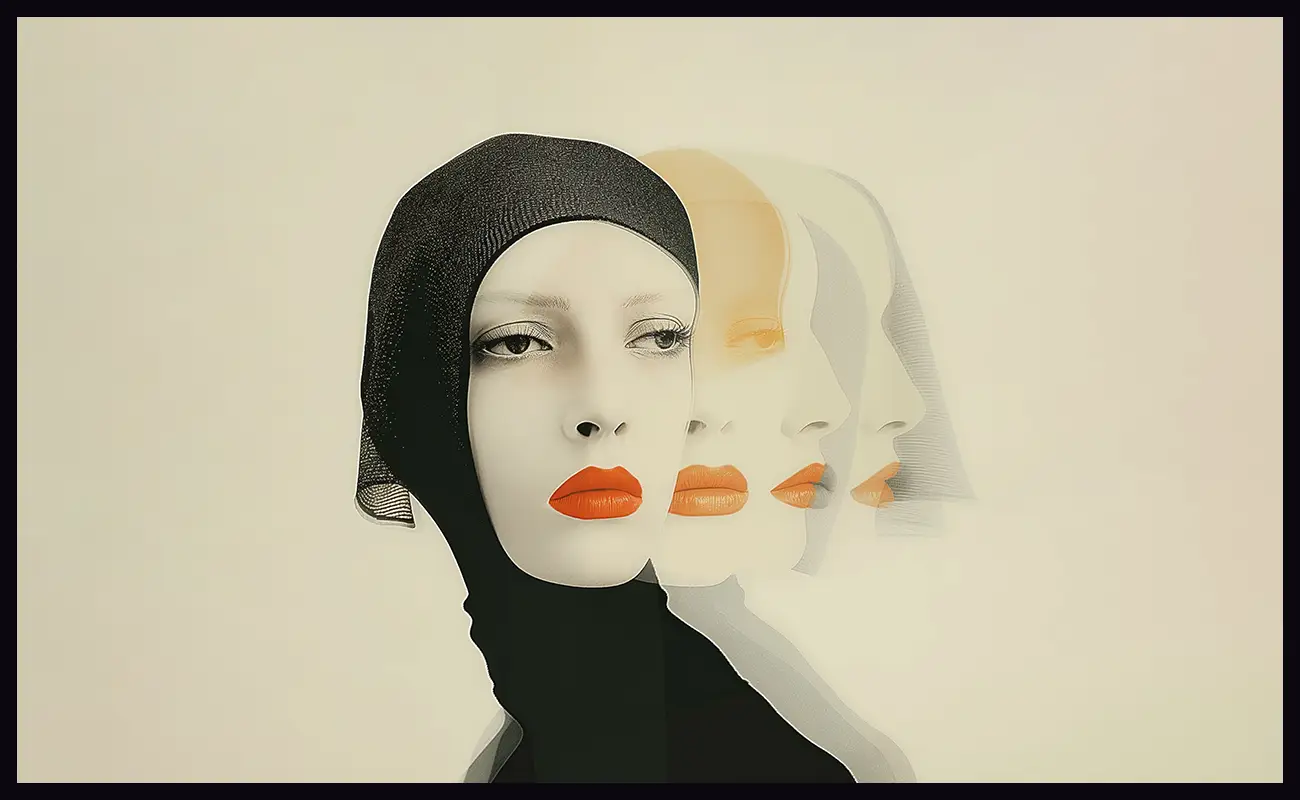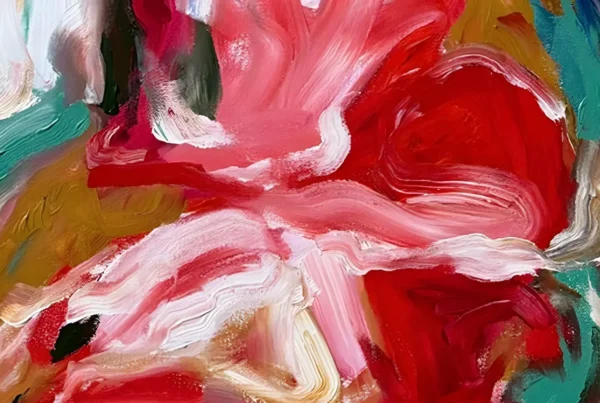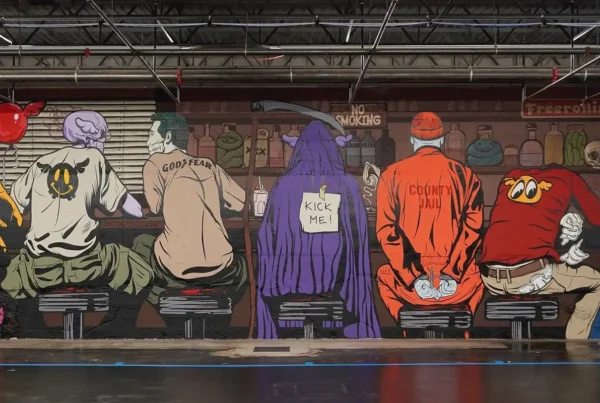“AI tools have made it possible to finally connect what I imagine with what I can create.”
The Rebirth of an Artist: From Culinary Visionary to Digital Storyteller
For more than three decades, Sondra Bernstein was a name synonymous with culinary excellence in Sonoma. As the creative force behind acclaimed establishments like the girl & the fig and the fig café & winebar, she cultivated a hospitality empire renowned for its blend of rustic elegance and local authenticity. But beyond her gastronomic legacy, Bernstein had long harbored another creative identity—one that began in the darkroom of her college years with a Bachelor of Fine Arts in photography. In recent years, she has returned to that foundational artistic passion with renewed purpose, this time navigating the rapidly evolving terrain of digital and AI-generated art. Under the name 4everKurious, Bernstein is boldly redefining her creative trajectory and embracing a visual language rooted in both technology and memory.
Her foray into digital art began organically, sparked by the need to create marketing materials and social content using design platforms like Photoshop and Canva. This practical beginning soon unraveled into something much deeper. The emergence of NFTs and the growing accessibility of AI-powered creative tools unlocked a universe of possibilities. Bernstein was captivated not only by the aesthetic potential but also by the economic and philosophical implications of a digital art marketplace. This led her into immersive dialogues with fellow artists, technologists, and thought leaders on platforms like Clubhouse, where she spent countless hours absorbing the nuances of a fast-changing art world. The result was a dynamic fusion of curiosity and execution—qualities that now define her approach to art as much as they once defined her approach to food and hospitality.
In 2023, Bernstein took on the role of artist-in-residence at the girl & the fig, transforming her restaurant into a hybrid gallery that showcases her latest digital works year-round. A portion of her art sales supports the Sonoma FIG Foundation, creating a loop of creative reinvestment in the very community that has supported her entrepreneurial ventures for decades. Her newer space, POPPY, echoes this synthesis of culinary and artistic worlds, serving as both a place for nourishment and visual exploration. Through this intertwining of physical and digital spaces, Bernstein underscores a belief that art—like food—should be both accessible and experiential. It’s not merely a product but a conversation, and she invites her audience to join her in that exchange.
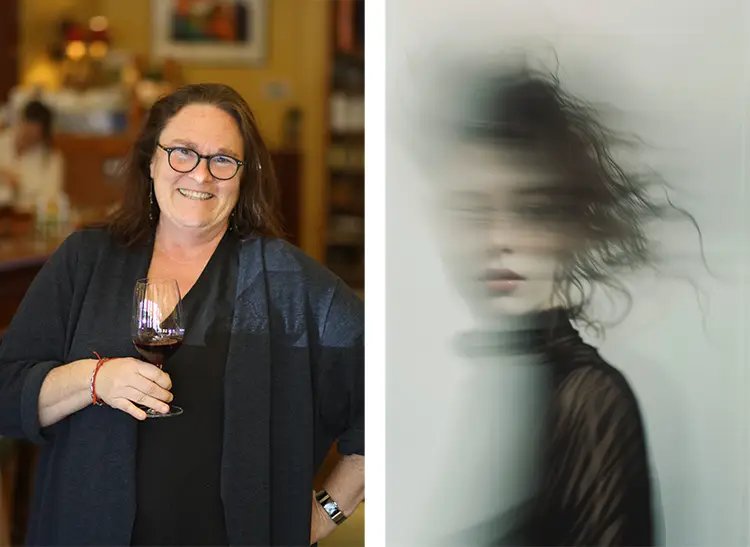
Sondra Bernstein: Reimagining the Language of Photography
Bernstein’s artistic evolution is anchored by her roots in photography, a discipline she practiced with discipline and reverence for realism. For years, her camera lens served as a bridge between perception and permanence, allowing her to document moments without embellishment. What distinguished her early work was a commitment to authenticity; she resisted post-processing manipulations, believing that the integrity of an image lay in its ability to faithfully represent what the eye could see. This grounding in photographic truth now serves as a rich counterpoint to her current explorations in artificial intelligence, where imagination leads and realism follows.
In her recent work, Bernstein bridges her photographic past with her digital present, often incorporating fragments of her original images into AI-generated compositions. This synthesis is not incidental but rather a deliberate layering of history and innovation. A striking example is her poppy series, which began with her flower photography and evolved into a textured, emotionally evocative digital collection. By embedding portions of her photographs—whether entire images or subtle elements like color gradients and organic patterns—into her AI artwork, Bernstein ensures that each piece retains a personal fingerprint. It’s a method that asserts authorship in an artistic ecosystem frequently questioned for its originality, a nuanced way of asserting that even in generative art, identity matters.
Her approach is inherently exploratory, marked by constant shifts in theme, style, and technique. This variability is not a sign of inconsistency but a reflection of her experimental ethos. She often jumps between subjects, testing new visual languages and compositional strategies, guided more by intuition than by fixed objectives. Bernstein readily admits to a short attention span in her creative process, but this fluidity allows her to adapt quickly and embrace the ever-changing landscape of AI art. Her works span abstract interpretations of psychological states, surrealist landscapes populated with imagined forms, and digital reconstructions of gallery spaces, often populated with her own artworks—a tongue-in-cheek commentary she calls “My Personal Biennale.” In all these iterations, what remains constant is her commitment to exploring the edges of what’s possible when technology meets imagination.
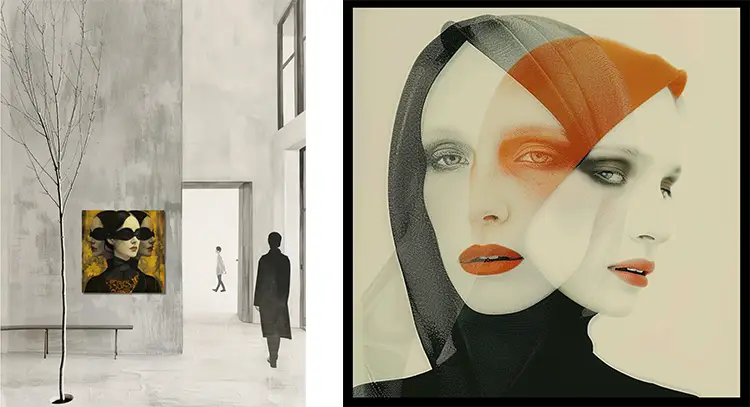
Visualizing the Invisible: Emotion, Nature, and the Architecture of Thought
As Bernstein transitions further from her hospitality career into full-time artistic practice, her thematic focus has shifted inward. She is increasingly drawn to the abstract portrayal of psychological and emotional experiences—those intangible forces that shape human behavior but resist visual representation. Her work often grapples with the question of how thought patterns, emotional states, and personal growth can be rendered visible. Here, AI becomes not merely a tool but a collaborator, capable of translating ephemeral feelings into complex visual forms. This interplay between the conceptual and the aesthetic defines much of her recent output, offering viewers a chance to engage with artworks that are both visually arresting and emotionally resonant.
Nature, particularly botanical life, has emerged as another consistent influence across Bernstein’s collections. Her deep-seated affinity for plants permeates much of her digital art, with recurring motifs of leaves, petals, and organic textures woven into even her most abstract compositions. This thematic continuity is rooted in a lifelong appreciation for the intricacies of the natural world—a sensibility likely shaped by her early experiences in photography, where light and form often followed the rhythm of nature. The enduring presence of flora in her art serves not only as a visual anchor but also as a metaphor for growth, transformation, and rootedness. It reminds the viewer that even in digital environments, organic inspiration can thrive.
Bernstein’s desire to visualize what typically remains unseen also extends to her broader view of artistic visibility. Her collection “My Personal Biennale” is emblematic of this mission, featuring works placed within imagined gallery spaces, often created through AI. This project speaks directly to the challenges artists face in securing representation and visibility in traditional art circuits. By digitally constructing her own exhibitions, Bernstein reclaims agency over how and where her work is seen. This effort is amplified through her self-published magazine, ARTCHRONICLES, which functions as both portfolio and artistic manifesto. It’s a creative workaround that highlights her belief in self-determination—if the door doesn’t open, she builds her own gallery, prints her own catalogue, and invites the world in on her terms.
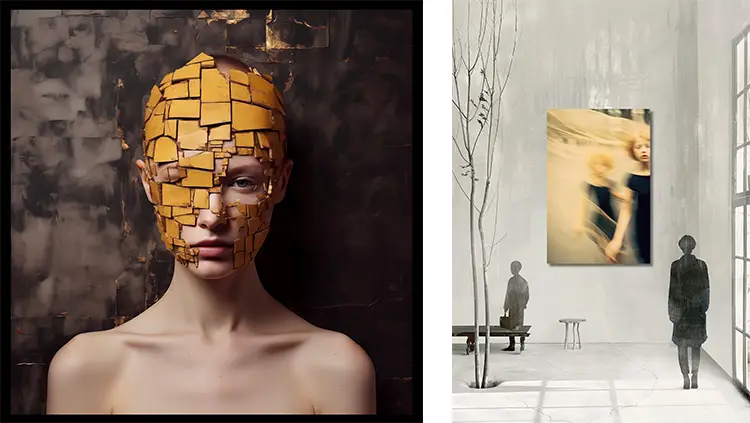
Sondra Bernstein: Curating the Future with 4everKurious
The choice of the moniker “4everKurious” encapsulates Bernstein’s approach to art and life alike—a continuous hunger for exploration and experimentation. It’s not just a name; it’s a mission statement. From the early days of dabbling in graphic design to immersing herself in Clubhouse conversations with crypto artists and developers, her path has been defined by a willingness to step into uncharted territory. This curiosity has allowed her to straddle the line between digital artist, curator, and community builder. As an early member and active curator for SearchLight, an international art collective focused on uplifting underrepresented voices, Bernstein extends her impact beyond her personal practice. She curates not just images but opportunities, cultivating visibility for others navigating the same evolving art landscape.
Her process is as much about discipline as it is about inspiration. Whether she’s working from a quiet beach, a bustling airport, or her own kitchen table, Bernstein leverages web-based tools and an extensive personal image archive to create art from virtually anywhere. She minimizes distractions—particularly by keeping her phone at bay—and remains attuned to the nuances of her surroundings, often allowing the ambient energy of a place to shape the tone and content of her work. This flexibility and responsiveness are hallmarks of her creative method, demonstrating that mobility and adaptability can coexist with focus and intention.
Though she refrains from naming a single favorite piece, Bernstein attributes much of her artistic identity to the influence of her parents, particularly her mother—a dedicated artist who worked in watercolor, oil, and mixed media. The artworks collected throughout her childhood home, and the culture of creative encouragement fostered within it, laid the groundwork for her visual sensibilities. Frequent museum visits and hands-on artistic experiences were the norm in her upbringing, embedding a deep respect for artistic exploration. This familial legacy manifests in her current work, where inherited aesthetic instincts meet contemporary tools. In this synthesis of past and future, traditional influence and technological innovation, Sondra Bernstein stands as a singular figure—an artist unafraid to invent new spaces for herself while amplifying the creative potential of others.
